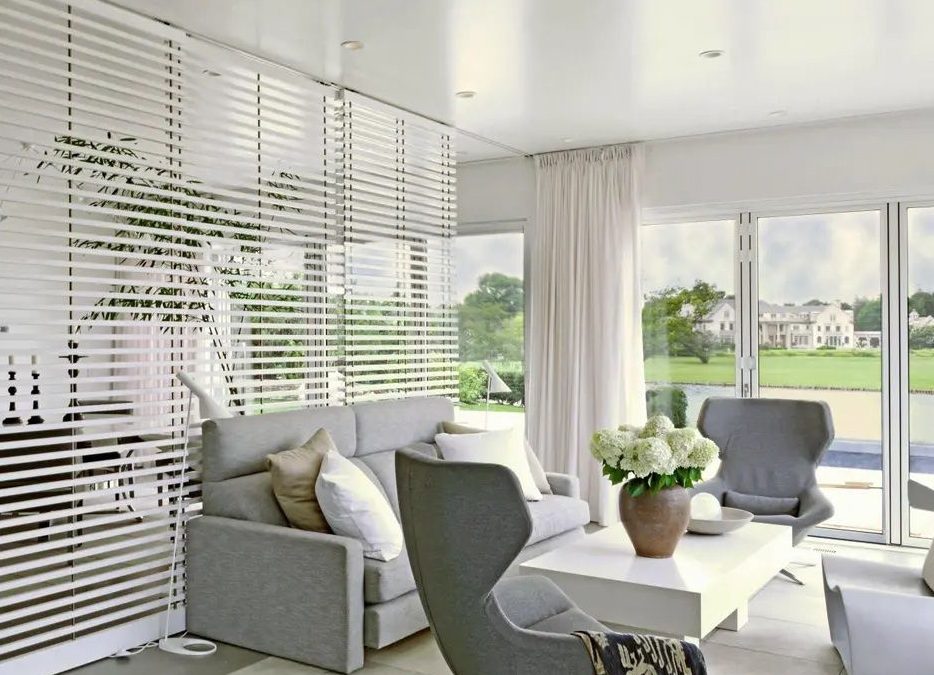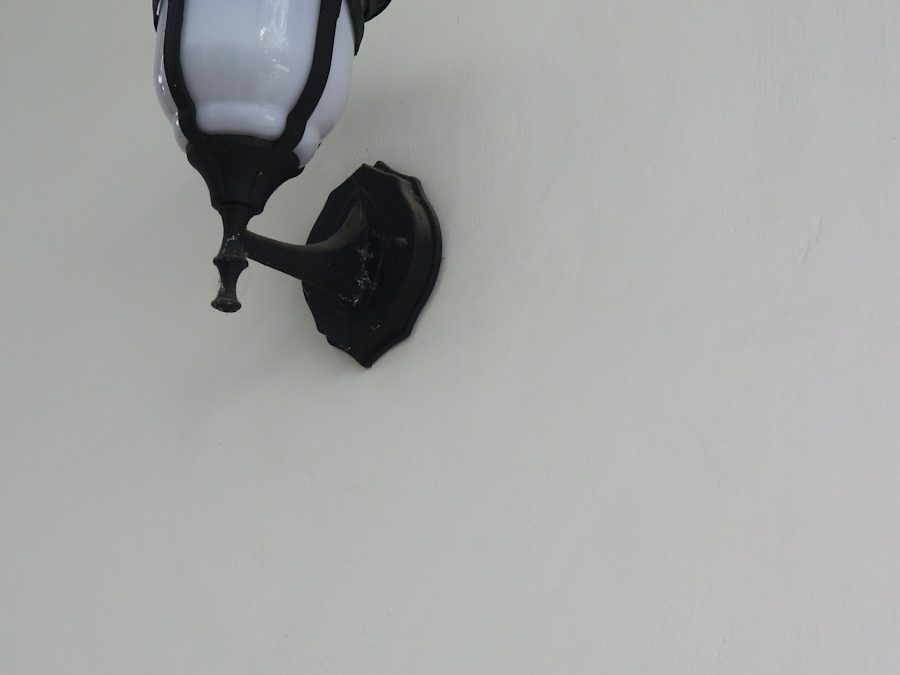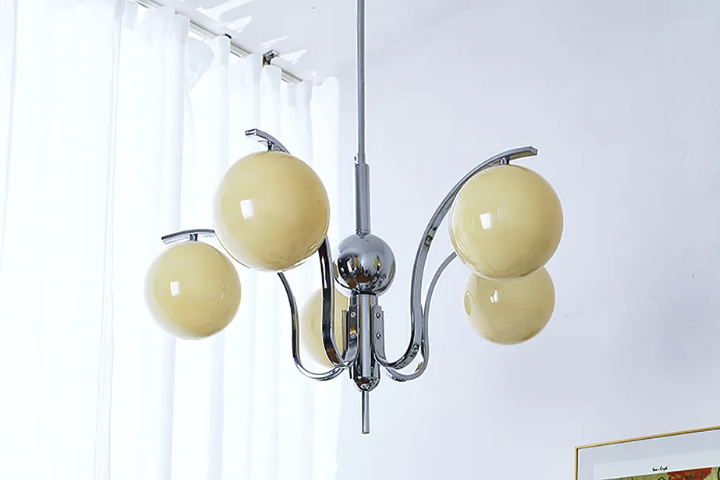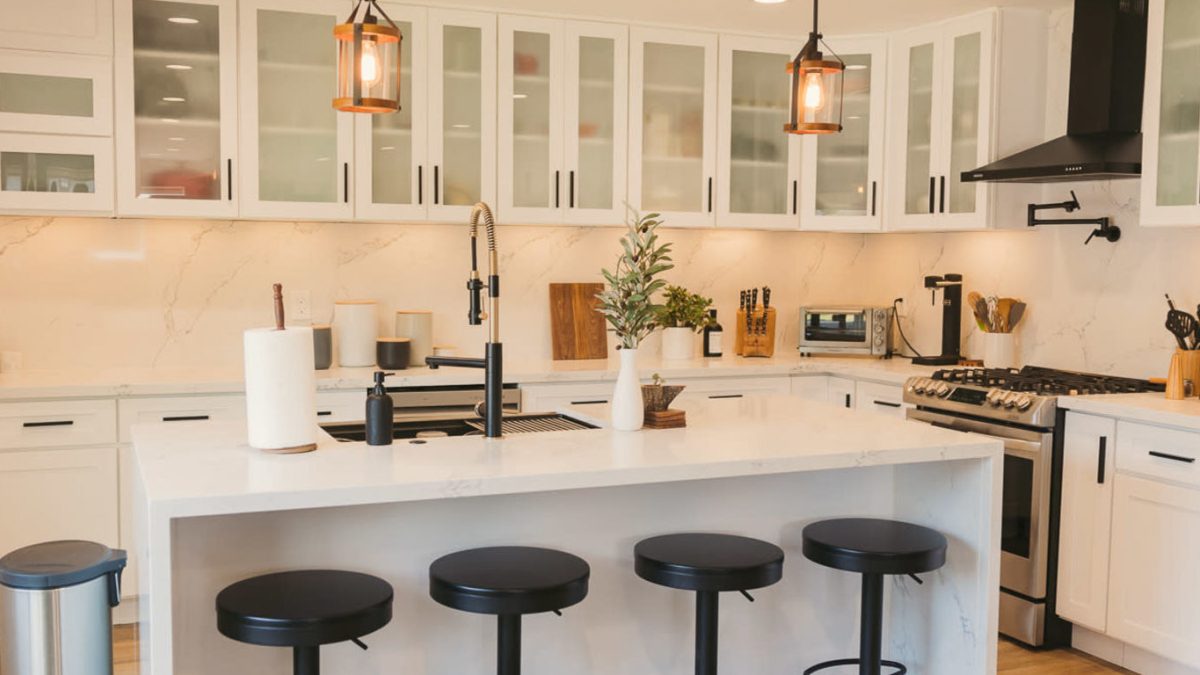
Hard Light vs Soft Light: What’s the Difference and How to Use Them in Photography
Introduction
Light is one of the most important elements in photography. It can make or break your photos. When it comes to lighting in photography, there are two main types: hard light and soft light. Understanding the difference between these two types of light is crucial for any photographer who wants to create stunning photos. In this article, we’ll go over everything you need to know about hard light vs soft light, and how to use them in your photography.
What is Hard Light?
Hard light is characterized by well-defined, harsh shadows, and high-contrast scenes. It is created when the light source is small and direct, such as a bare bulb, direct sunlight, or a flash without a diffuser. Hard light is great for creating dramatic and edgy photos but can be unforgiving when it comes to highlighting flaws or imperfections.
Benefits of Hard Light
– Creates dramatic shadows and deep contrast
– Ideal for highlighting textures and shapes
– Can add a sense of mood and intensity to a photo
Challenges of Hard Light
– Harsh shadows can be unflattering
– Can highlight flaws and imperfections
– Can be difficult to work with in certain lighting conditions
What Is Soft Light?
Soft light, on the other hand, has a more diffused and gentle quality to it. It creates soft, gradual transitions between light and shadow, resulting in a more flattering and subtle lighting effect. Soft light is created when the light source is larger and more indirect, such as a cloudy day or a light diffuser. Soft light is ideal for portraits, still life, and product photography.
Benefits of Soft Light
– Creates a soft, flattering lighting effect
– Ideal for portraits and product photography
– Helps to minimize flaws and imperfections
Challenges of Soft Light
– Can sometimes lack contrast and drama
– Can be difficult to work with in low light conditions
– May require additional lighting sources to achieve the desired effect
How to Use Hard Light and Soft Light in Photography
Now that we understand the differences between hard light and soft light, let’s discuss how to use them in your photography.
Using Hard Light
When using hard light, it’s important to understand that it can be very unforgiving. You’ll need to pay extra attention to the direction and intensity of the light to ensure that it highlights your subject in the way you want it to.
Here are some tips for using hard light in your photography:
– Look for strong and dramatic shadows to create impact.
– Use a reflector or fill flash to add more light to shadow areas.
– Use a lens hood or positioning to avoid flares and unwanted reflections.
– Experiment with the angle, direction, and distance of your light source for different effects.
Using Soft Light
When using soft light, the key is to create a smooth and even spread of light. You’ll need to be mindful of the quality and color temperature of the light source, as well as the use of light modifiers such as diffusers and reflectors.
Here are some tips for using soft light in your photography:
– Look for even, diffused light sources, such as a cloudy day or light diffuser.
– Position your subject in the direction of light for a soft and flattering effect.
– Add additional light sources or reflectors for more control and balance.
– Use a color temperature meter to ensure the consistency of your white balance.



